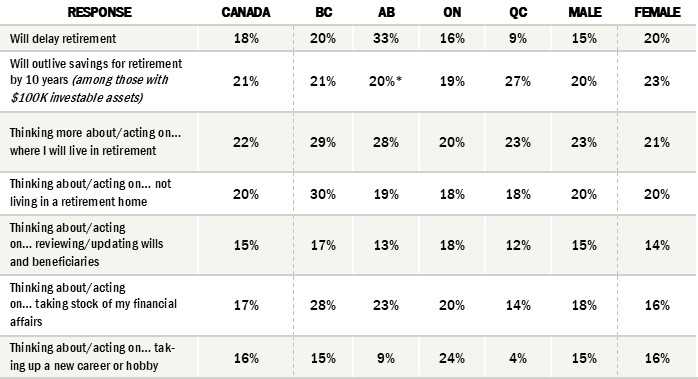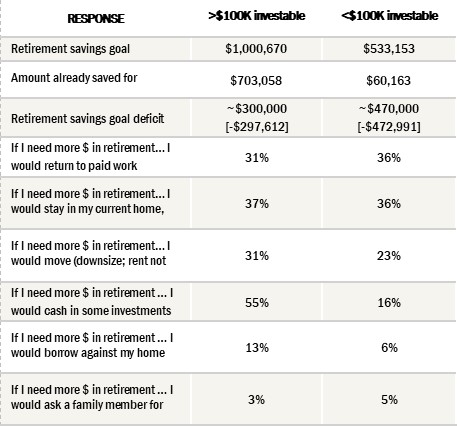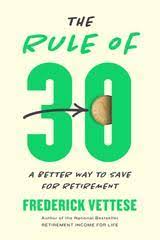
By Adrienne Young, CFA
Portfolio Manager, Director of Credit Research, Franklin Bissett Investment Management
(Sponsor Content)
The phrase “hunt for yield” is by now a well-worn cliché among fixed income investors. Persistently low yields have led many investors to take on additional risk, and some have considered abandoning fixed income altogether.
We think this is a mistake. Even amid fluctuating yields, inflation jitters and pandemic-driven economic upheaval, fixed income can help maintain stability and preserve capital: if you know where to look.
Why Short-term now
For increasing numbers of investors, the short end of the yield curve is the place to be in the current environment. Short-term rates reflect central bank policy actions. Since the pandemic first took hold early in 2020, central banks have taken extraordinary measures to keep liquidity pumping into the marketplace, all without raising rates. Both the Bank of Canada and the U.S. Federal Reserve have so far left their overnight lending rates unchanged and have indicated their intent to continue along this path well into next year, and possibly longer. This predictability has stabilized, or anchored, short-term rates. In contrast, longer maturities have been prone to volatility as the stop-and-go nature of the pandemic has influenced economic reopening, inflation expectations and financial markets.
Franklin Bissett Short Duration Bond Fund is active in short-term maturities, with an average duration of 2-3 years. About 30% of the portfolio is held in federal and provincial bonds; most of the remaining 70% is invested in investment-grade corporate bonds.
Beyond stability, investments need to make money for investors. In this fund, duration and corporate credit are important sources for generating returns. Historically, the fund has provided investors with better returns than the FTSE Canada Short Term Bond Index1 or money market funds, and with comparatively little volatility.
In It for the Duration
Duration is a measure of a bond’s sensitivity to interest rate movements. Imagine the yield curve as a diving board, with the front end of the curve, where short-term rates reside, anchored to the platform. Like a diver’s body weight, pandemic-driven economic forces have placed increasing pressure further out along the curve. The greatest movement ― expressed as volatility ― has been at the long end, especially in 30-year government bonds. Currently, the fund has no exposure to these bonds.
Cushioned by Corporates
Corporate debt provides a cushion against interest rate volatility, and a portfolio that includes carefully selected corporate securities as well as government debt can therefore be a bit more protective. In addition, the spread between corporate and government bonds can provide excess returns.
We believe it is not unreasonable to anticipate stronger Canadian economic and corporate fundamentals in 2021 and 2022, as well as continued demand for bonds from yield-hungry international investors. These conditions support a continuation of the current trend of a slow grind tighter in spreads, with higher-risk (BBB-rated) credits outperforming safer (A and AA-rated) credits.
Credit Quality is Fundamental
In keeping with Franklin Bissett’s active management style, in-house fundamental credit analysis is a key element of our investment process for the fund. Unless we are amply compensated for both credit and liquidity risk (particularly in the growing BBB space), at this stage of the economic cycle we prefer higher-quality credit. We look for strong balance sheets, good management teams, excellent liquidity, clear business strategy and larger, more liquid issues. Continue Reading…











